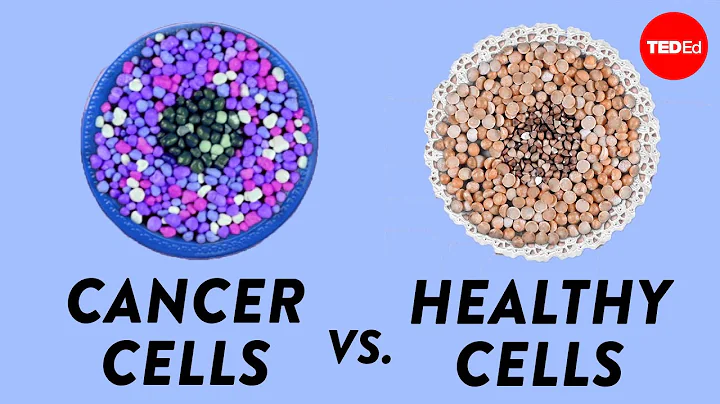Editor's recommendation: Researchers have discovered a new way to treat cancer , using plasma therapy to induce cell apoptosis without any obvious side effects on normal cells. Plasma activation medium (PAM) can be used as a drug treatment with a dose-response relationship.
Although Plasma Activation Mediator (PAM) can be considered a drug, there is always a dose-effect relationship. In the plasma science community, many researchers define plasma dose as the plasma treatment time or the power of the plasma deposited per surface.
In a recent study, scientists' definition of plasma dose, equivalent total oxidation potential (ETOP), can be used to PAM reveal the plasma dose-response relationship in different cell types. ETOP is based on the oxidation potential of reactive oxygen and reactive nitrogen.

Professor Lu Xinpei from Huazhong University of Science and Technology pointed out that the plasma treatment time and the power of plasma surface deposition "are not the correct choices for determining the plasma dose" and "the key part of plasma treatment is the active material delivered to the PAM. We propose The definition of plasma dose is based on this active substance concentration. "
The goal of plasma medicine is to control and regulate the therapeutic effect using the differentiated interaction of specific plasma components with specific elements or functions of living cells. A key limitation in moving from laboratory bench to bedside is the dose-response relationship of plasma to biological agents.
"Determination of plasma dosing is therefore of crucial biological significance for the clinical application of plasma." "For future plasma therapies, such as cancer treatments, our findings suggest that ETOP may be a clear strategy to evaluate their effectiveness." , as it provides the basis for significant lethal differences between normal cells and cancer cells. "
plasma dose should represent the contribution of plasma to the biological effect." In Clinical Pharmacology this dosage is most commonly measured for compounds in drugs used for therapeutic purposes.
Although the broad-spectrum biological effects of plasma have been discovered and the most distinctive plasma agent has been discovered, there are still two problems. How are these elements combined with plasma dose? How do we study dose-response relationships in plasma?
ETOP is an initial attempt to answer these questions. Although ETOP has been confirmed by a previous study by the same research team, whether ETOP applies to PAM is unclear. They noted that the applicability of ETOP or PAM and the corresponding plasma dose-response relationships require further study.
Professor Lu emphasized: "To our surprise, through data analysis, a good agreement was found between the experimental data and ETOP." "This shows that ETOP as a plasma dose is also suitable for PAM. We also found that ETOP can maximize Increased lethality differences between normal cells and cancer cells. Further validation in the published paper again suggests that ETOP may provide a clear strategy for assessing the selectivity of PAMs for different cell types."
Source: American Institute of Physics
Disclaimer: Kangjiahao is committed to disseminating health knowledge. The content is edited based on public information, and the copyright belongs to the original author. If there is any infringement, please leave a message online to delete it. The article is intended to introduce the progress of health science and cannot be used as a treatment plan. If you need precise health guidance, please go to a regular hospital for diagnosis and treatment.





















